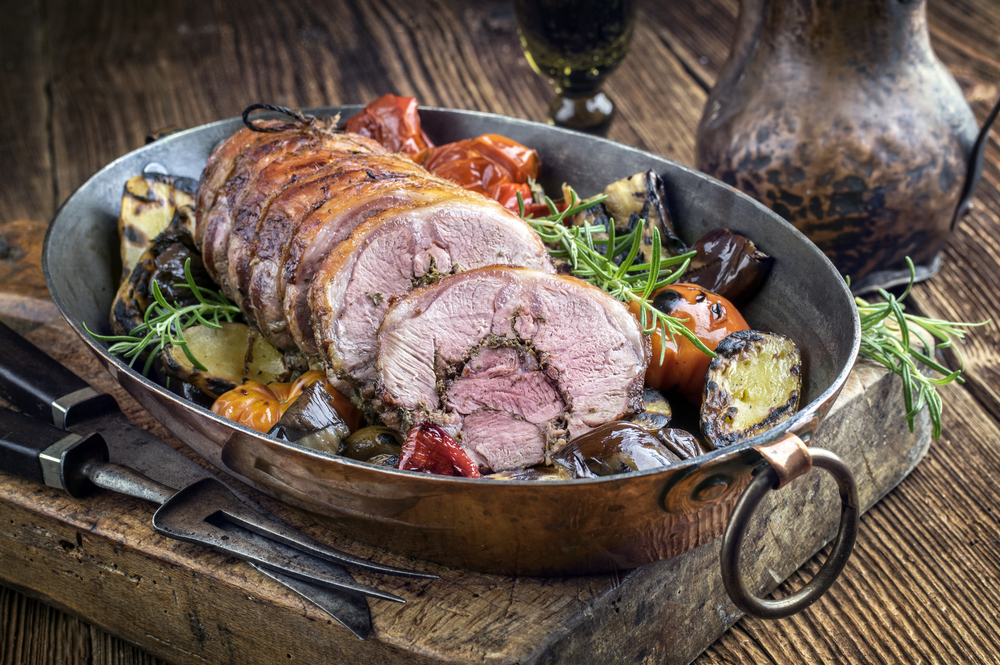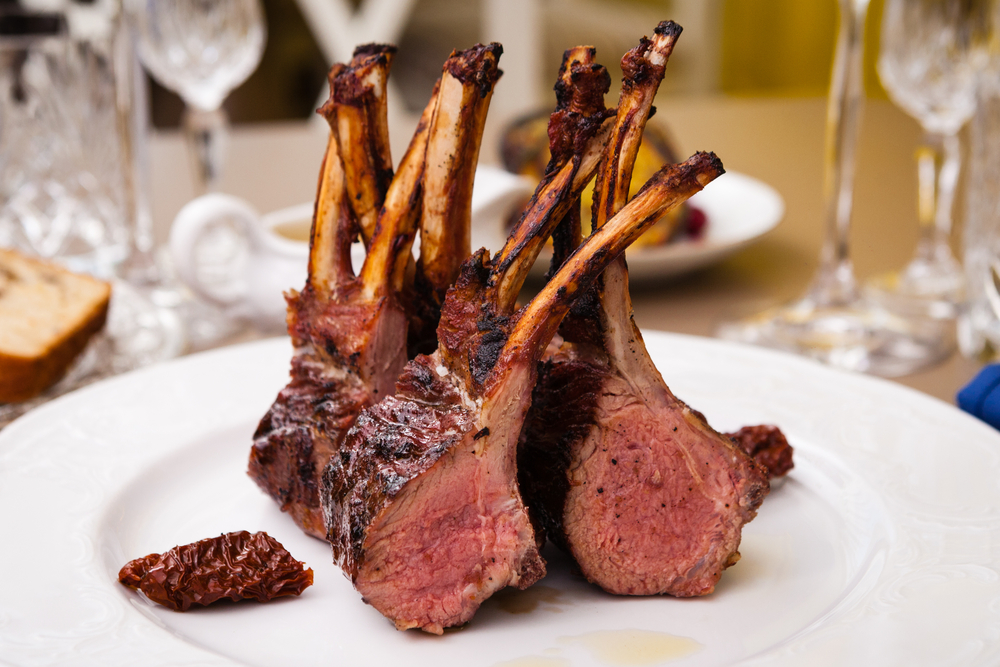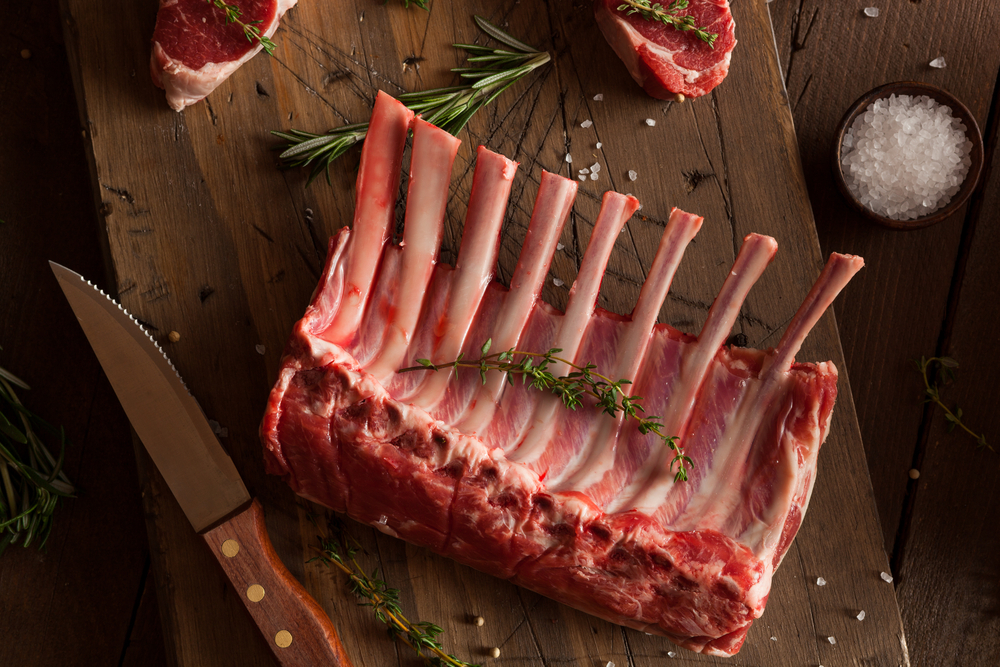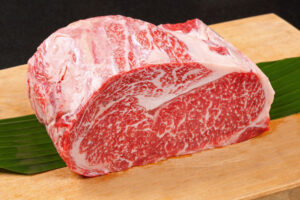Why Lamb Deserves a Spot on Your Table


- Barnsley Chops with Big Chips and Crushed Peas
- Greek-Style Lamb Stacks with Mint Relish
- Autumn Lamb with Blackberries and Honey
- Garlic and Herb Butter Roast Lamb with Cider Gravy




Despite an early Easter, red meat exports in March rose 9% from last year to 182,480 tonnes, making this past month the largest March in terms of exports since 2015 and the second largest on record.
Australia exported 106,574 tonnes of beef over March, 8% more than last year. The standout increase was exports to the United States, which rose by 58% year-on-year to 29,346 tonnes. Domestic production of beef in the US is continuing to decline, which is pushing the amount of beef in cold stores down and pulling imports up.
Outside of the US, Japan was the second largest market for the month, and exports lifted 3% year-on-year to 21,007 tonnes.
Exports to China and South Korea fell by 17% and 25%, respectively, compared to March last year, but exports remained above average, and the declines were mostly due to March 2023 being an abnormally high month for both countries.
Beef exports to the United Kingdom almost quadrupled to 506 tonnes as we approach the one-year anniversary of the ratification of the A-UK Free Trade Agreement. While remaining relatively small, exports to the UK have steadily grown over the past year and are highly concentrated in higher-value product segments like chilled beef and grainfed beef.
Australian exports of lamb lifted 36% in March from 2023 levels to 30,707 tonnes. Like beef, the largest export market remained the United States, where exports lifted 50% from last year to 7,336 tonnes.
At the same time, exports to the Middle East and North Africa Region (MENA) saw substantial increases, rising by 47% to 6,143 tonnes. In particular, exports doubled to Saudi Arabia and Kuwait, which rose to 977 tonnes and 931 tonnes, respectively. Strong economic performance in Gulf countries, alongside a rapidly developing foodservice sector, continues to drive lamb exports into the MENA region.
As discussed last week, Australian lamb exports are now making up more of global trade than ever before. Strong results in 2024 suggest that this will not let up anytime soon.
Tim Jackson | Meat & Livestock Australia
Also:
Australian goatmeat exports for 2023 reached their second highest volume on record for a calendar year since 2014.
A total of 33,891 tonnes of shipped weight (swt) Australian goatmeat was exported in 2023, a significant increase on the 21,831 swt exported in 2022.
While volume was up, the value of exports was down, reflecting the decline in export goatmeat prices from over $12/kg to below $7/kg over the past 18 months.
Australia’s top three goatmeat export markets for volume in 2023 were the United States, China and South Korea, reflecting the significant increase in volumes exported to China.
China has now overtaken Korea as our second largest export market, despite Korea also increasing its volume.
Market share and export volumes to these three markets in 2023:
A number of other markets also increased their volumes in 2023, including Trinidad and Tobago, and to a lesser extent, Malaysia and New Zealand.
Wagyu beef is a Japanese delicacy known for its superb quality, rich flavours, and sumptuous textures. The term ‘Wagyu’ directly translates to ‘Japanese cow,’ and this high-grade beef originates from a selection of Japanese cattle breeds.
There are four principal breeds: Japanese Black (Kuroge), Japanese Brown (Akage), Japanese Polled (Mukaku Washu), and Japanese Shorthorn (Nihon Tankaku Washu).
What sets Wagyu apart from other beef types is its exceptionally high level of marbling. The degree of marbling is a crucial determinant of the quality of Wagyu, leading to a velvety and tender texture unlike any other beef. This abundant fat distribution isn’t just a delight for the senses; it also contributes to Wagyu’s distinctive flavour.
This robust marbling renders Wagyu beef not just juicy but packed with rich, intense flavour. Unlike the saturated fat commonly found in other beef varieties, Wagyu is abundant in monounsaturated fatty acids, which are responsible for the melt-in-your-mouth sensation. When this beef is cooked, the fat slowly melts, basting the meat from the inside. This process amplifies its flavour profile and offers an indulgently unctuous experience. Wagyu beef is described as having a buttery, delicate flavor that lingers on the palate, an exceptional taste enhanced by sweet overtones due to the diet of grains the cattle are raised on.

Commonly, Wagyu is served in fine-dining establishments as steak or prepared in Japanese culinary techniques like shabu-shabu or sukiyaki where it’s lightly seared or slowly simmered to bring out its full potential. Due to the fat content, Wagyu needs minimal seasoning and benefits from simple preparation to allow its natural, full-bodied flavour to shine through.
Wagyu is often regarded as a luxury item due to its high cost, primarily attributed to its specialized breeding process. Japanese farmers are known for treating their cattle with an exceptional level of care.
Some employ methods such as brushing the cows’ coats to increase blood flow and feeding them high-quality grain to increase marbling.
The fact that the production is so meticulously controlled, paired with high global demand and limited supply, is reflected in the price.
In addition to its luxurious cost, Wagyu is prized for its outstanding taste and quality. Eating Wagyu beef isn’t merely having a meal; it’s a sensational dining experience that arouses the palate with every rich, buttery bite, rendering this beef a pinnacle of culinary achievement. With its robust flavour, delicate texture, and unrivalled richness, Wagyu beef is undoubtedly the jewel in the crown of meat cuisine.
See also: